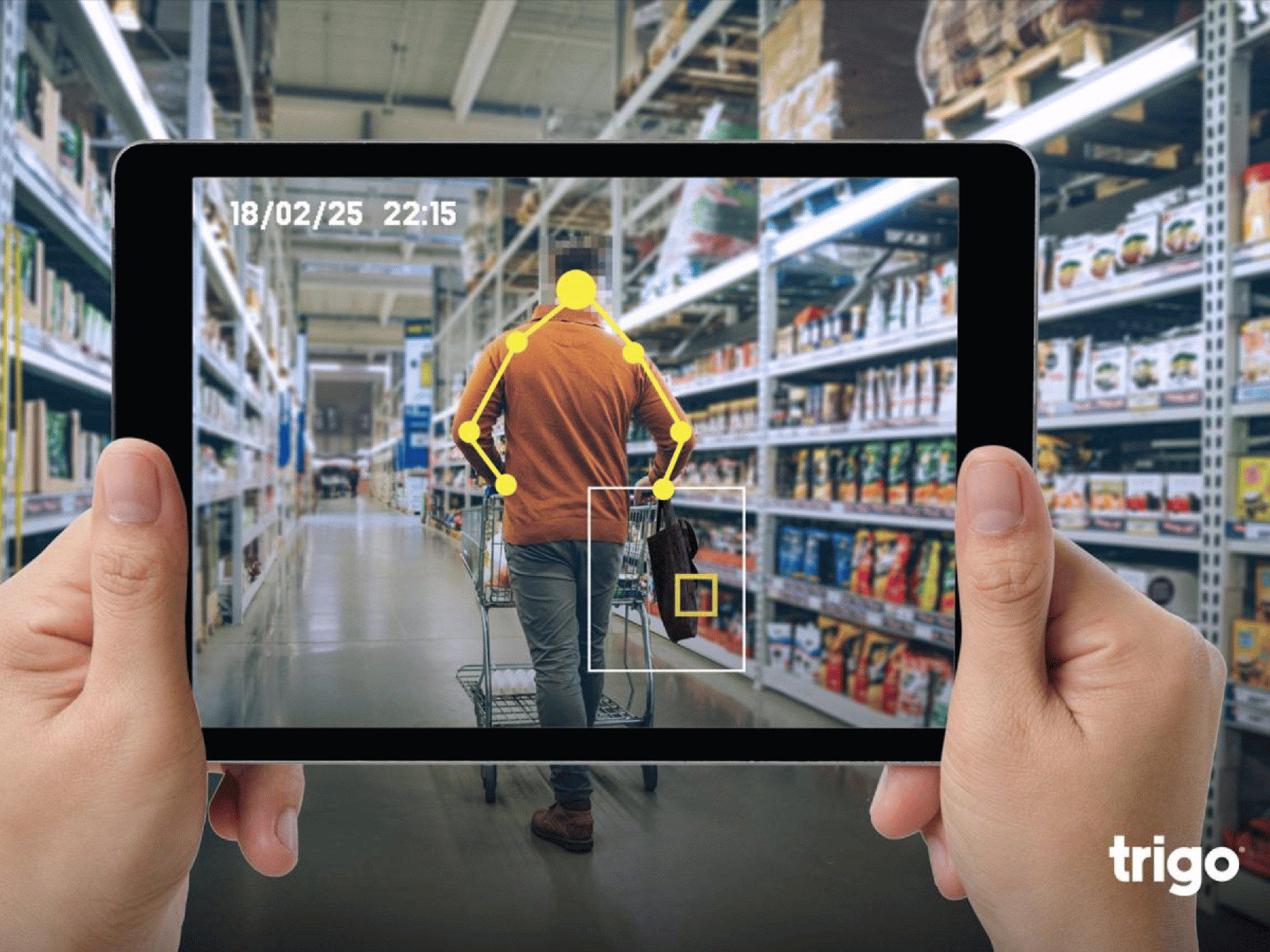The ascent of eCommerce in recent years has completely upended the retail sector and changed the role and function of the physical store. Brick-and-mortar stores now face greater competition and fast-changing customer expectations and are differentiating themselves as places for shoppers to have delightful experiences, receive meaningful assistance and guidance from store associates, and get their goods instantly. More and more, stores are emphasizing convenience and speed to meet expectations shaped, to a large degree, by digital reality.
Cashierless store technology is a central feature of this digitally-inspired retail revolution. Long checkout lines have always been one of the biggest pain points of physical retail, and shoppers are only getting more impatient about in-store friction. This article takes a closer look at technologies that replace traditional cashiers.
What Is Cashierless Store Technology?
The term cashierless store technology represents a number of technological solutions designed to take the place of cashiers in a retail environment. Cashierless store technologies enable customers to shop without needing to wait in line to checkout. Instead, cashierless store systems leverage advanced technologies such as Artificial Intelligence (AI) and computer vision, sensor technology and Internet of Things (IoT), to automate the checkout process.
Cashierless store technology is a spectrum, with earlier examples being self-checkout terminals, first introduced in the 1990s, and more recent developments including scan-as-you-go devices, smart carts, and computer vision-powered store automation solutions. Today, the most advanced cashierless store systems are designed to monitor what items customers pick up and put into their baskets, trolleys, or even pockets, charging them automatically as they exit the store.
Cashierless store technology costs are based on the type of solution and its technological complexity, type of retail environment, and additional factors, with most business cases pitting these costs against operational savings and projected revenue lift to achieve ROI.
How Does Cashierless Store Technology Work?
Since the various approaches to cashierless store solutions leverage a variety of technological applications, we’ll refer here to the most advanced form of cashierless store technology: computer vision-powered store automation.
The technology behind cashierless stores has hardware and software components. Cashierless store systems leverage data from smart vision and weight sensors (these include ceiling cameras, smart shelves and scales) to create a digital environment that represents an exact real-time replica of the physical store. In this digital environment, the system can track shoppers’ interactions with products: what they pick up, what they return to the shelves, and what they put in their basket. As customers shop as they normally would, the system assembles their virtual baskets in real time. When they are done, they can skip the checkout line and simply walk out, and their payment is processed automatically.
The technology behind cashierless stores: frequently asked questions
- Can cashierless store technology support multiple shoppers at the same time?One of the remarkable things about advanced cashierless store technology is its ability to track multiple customers and their interactions simultaneously. It maintains individual virtual baskets for each customer, supports multiple transactions, and can recognize when groups of customers are shopping together. This simultaneous tracking and data processing require advanced computing power and complex algorithms that can manage and interpret huge volumes of data in real-time.
- Does cashierless technology use biometrics and/or facial recognition? The most advanced systems do not use facial recognition, scan eyes, fingerprints, or any other biometric features. Rather, they track shoppers’ movement while they’re in the store, and correlate that with the store’s planogram and additional data on product location, to match the items they place in their shopping baskets with high levels of accuracy.
- How do shoppers pay once they’re done shopping? As the customer exits the store, the system triggers the cashierless checkout process. The items in the customer’s virtual basket are automatically billed, and the customer can choose to pay seamlessly via a retailer’s app, credit card tap, or mobile payment, and receive their receipt via app, mobile message, or by viewing it on a seamless checkout terminal.
Advantages of Cashierless Store Technology
The transformative cashierless checkout experience solves the biggest pain point in retail today: long waits to check out. Additionally, it brings about a host of benefits, including:
- Better customer experience: By eliminating long checkout lines stores deliver a better shopping experience and increase customer satisfaction. This has a direct impact on brand loyalty and repeat business.
- Efficiency: By eliminating long queues for payment, stores can reduce shopping times for customers and also process more transactions.
- Reduced and better-invested labor costs: With automated checkout, retailers are less dependent on manual labor. Retailers can repurpose employees to focus on enhancing customer service in other areas.
- Better inventory management: The real-time inventory tracking done by computer vision seamless checkout systems can lead to more effective stocking strategies, fewer stockouts, and reduced waste.
- Shrink reduction: The most advanced cashierless store technologies demonstrably reduce theft, fraud, and overall shrink.
- Optimized retail space: By removing bulky cash-registers and the area in the store designated for queuing, retailers can reclaim large in-store space and use it for revenue-adding merchandize and activities.
Challenges of Cashierless Store Technology
Cashierless store technology requires considerable investment and may necessitate some structural modifications. Here are some of the challenges of implementing the technology:
- Setup cost: Implementing this technology can be expensive due to the need for advanced hardware and software systems, such as AI algorithms, sensors, and high-resolution cameras.
- Operational changes: Implementing advanced technologies into a traditional retail environment requires developing and implementing new operational processes, training employees, and reorganizing in-store operations.
- Adoption: Retailers who implement cashierless checkout technologies, especially in very traditional environments such as grocery retail, may need to invest in helping customers get used to and adopt the new technology.
In conclusion, cashierless store technology is reshaping the retail landscape by making the shopping experience more convenient, fast, and efficient. However, businesses must also be mindful of the associated costs and challenges. The future of retail is here, and it’s cashierless.









